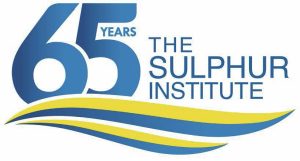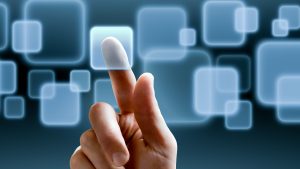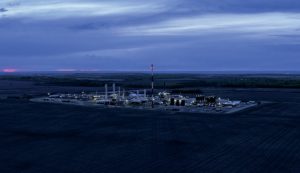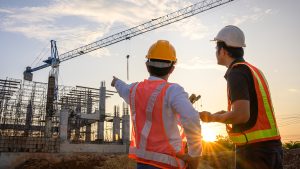
The Sulphur Institute at 65
The Sulphur Institute celebrates its 65th anniversary this year. In this article the organisation describes its lasting legacy and global impact.

The Sulphur Institute celebrates its 65th anniversary this year. In this article the organisation describes its lasting legacy and global impact.

A full sulphur pit turnaround and rehabilitation is typically a once in a lifetime experience for refinery personnel. Specialists in sulphur pit turnarounds, Gavin Palmer of Brindley Engineering, Tom Kline and Bob Hall of Structural Technologies have compiled a database based on multiple sulphur pit turnarounds to identify typical deficiencies in mechanical systems, along with improvements to enhance operability, restore functionality and meet all codes/standards and best practices.

Sultech Global Innovation Corp., a Canadian agricultural technology company, has signed a memorandum of understanding (MoU) with ADNOC Sour Gas for its micronised elemental sulphur technology. Under the MoU, the companies will conduct a feasibility study and pilot production program to establish the UAE’s first commercial micronised sulphur manufacturing facility. The initiative will integrate Sultech’s patented micronisation process within ADNOC’s sulphur granulation at the Shah Gas Plant, the world’s largest ultra-sour gas operation.

ADNOC has received bids for its Ruwais Sulphur Terminal expansion. The project aims to expand the existing sulphur handling terminal facilities, SHT-1 and SHT-2, located in Ruwais, Abu Dhabi. The purpose of the expansion is to increase the capacity of the Ruwais sulphur handling terminal to accommodate an additional 10,600 t/d of liquid sulphur from the Hail and Ghasha offshore sour gas field development.

From ship to storage, Bruks Siwertell aims to ensure safe, reliable, high-capacity fertilizer transfers.

CSV Midstream Solutions says that it has successfully completed commissioning and commenced operations at its Albright gas plant in northern Alberta, tapping into the Montney shale gas field. The new 150 million scf/d sour gas plant with associated sulphur recovery represents the first of its kind to be built in Alberta in more than a generation.

First gas from Abu Dhabi’s 1.5 billion cfd Ghasha sour gas concession will be reached in early 2026, according to project partner PTTEP. The gas will come from the first phase 340 million cfd Dalma development. The Ghasha project is being developed by ADNOC (70%), Eni (10%), Thailand’s PTTEP (10%) and Russia’s Lukoil (10%). The outlook, published in PTTEP’s Q3 results, is a more cautious assessment than that provided by Eni in its own Q3 results. Eni said it was optimistic that the development would start up by the end of 2025.

India’s Megha Engineering and Infrastructures Limited (MEIL) has won a $225.5 million contract from the Kuwait Oil Company (KOC) for setting up a new gas sweetening and sulphur recovery facility at West Kuwait oilfields. The project, to be developed on a build-own-operate basis with a buyback option for KOC, includes design, construction, operation and maintenance. It will be completed in two years, followed by a five-year operation and maintenance phase.

Prices in sulphur markets have been climbing rapidly for several weeks now due to short supply, reaching their highest levels for early two and a half years, since July 2022. A major cause has been widening Ukrainian drone and missile strikes against Russian oil and gas facilities. In particular, drone strikes in September on the Astrakhan and Orenburg natural gas plants led to Russian sulphur exports being cut drastically, first from around 400,000 tonnes per month to only 100,000 tonnes in October, and then to zero from the 1st of November, as Russia implemented a ban on exports of sulphur used in fertilizer production which was projected to last at least until December 31st. “This decision will stabilise shipments of raw materials to the domestic market to maintain current mineral fertilizer production volumes and ensure the country’s food security,” the government’s press service reported. The restriction applies to the export of liquid, granulated, and lump sulphur. It remains to be seen whether exports of Kazakh material from Ust Luga will be affected, but some Kazakh sulphur is now being sold via Iran.

While north Africa’s sulphur demand is dominated by its phosphate industry, south of the Sahara it is copper, cobalt and uranium mining, leaching and smelting that hold sway over acid production and demand.